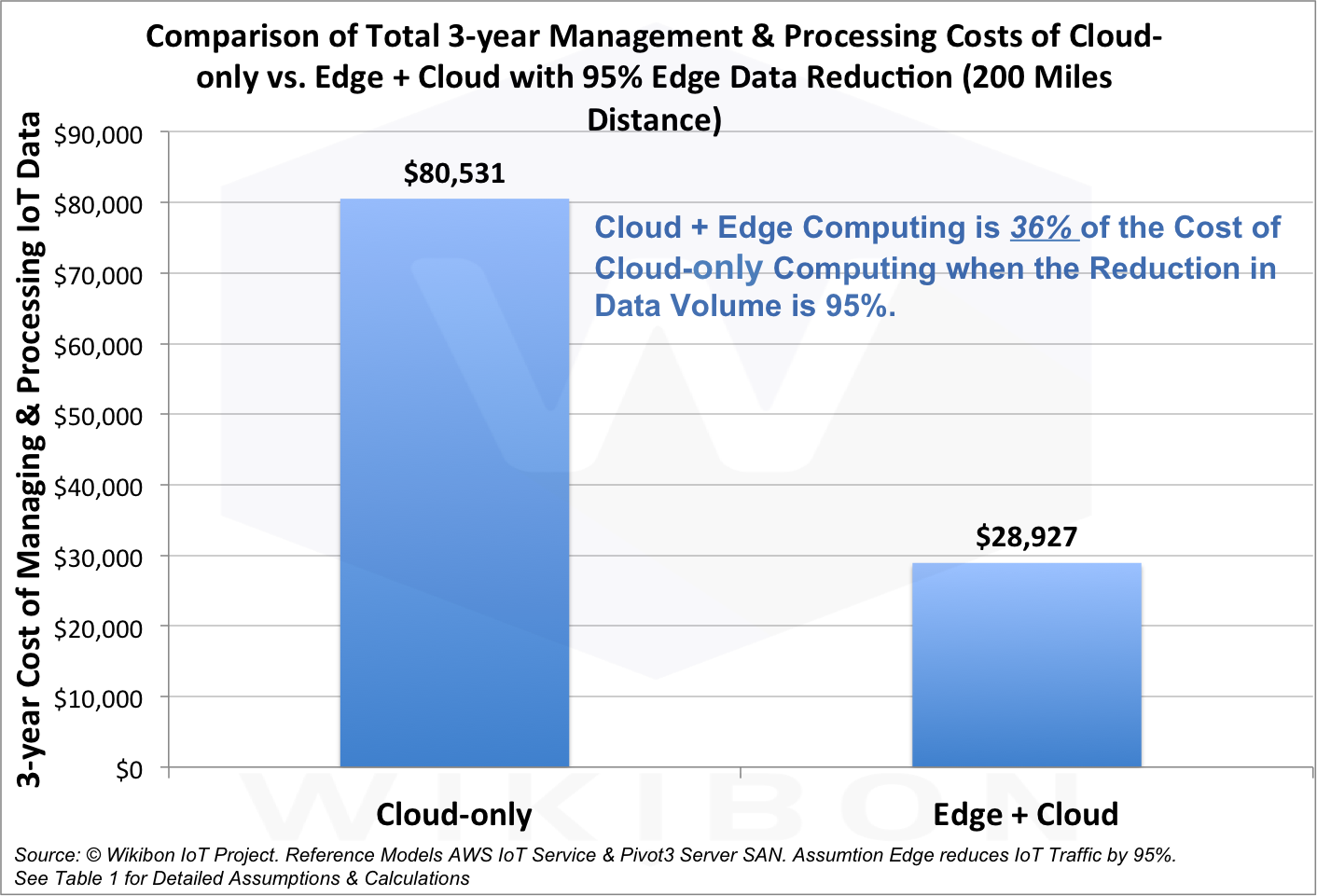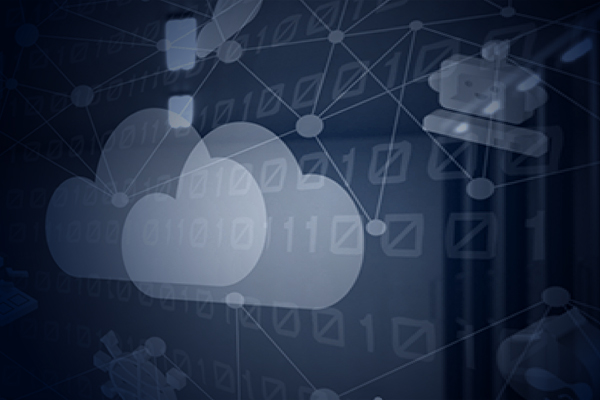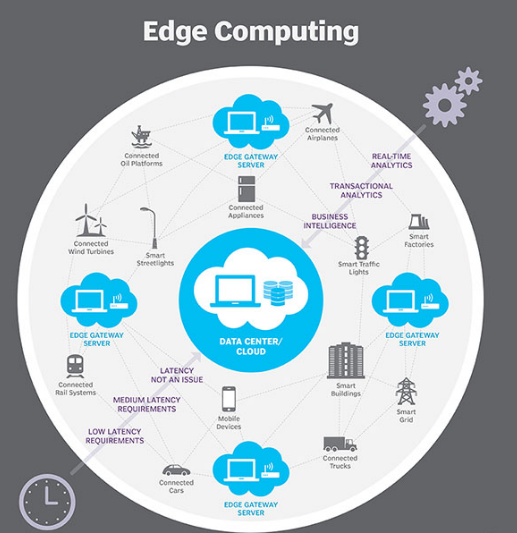Connectivity has rapidly evolved from connected people to vast networks of connected things (IoT) including industrial machines, a variety of equipment, controllers, and sensors. With data scientists treading to harvest benefits, machine data are typically transmitted to a centralized computing location in the cloud.
The volume of data produced in IoT networks is massive. For example - a Boeing 787 generates 40 TB per hour of flight whereas a large retail store with IoT infrastructure gathers 10 GB per hour. Sending massive volumes of data to the cloud, even if technically doable, is both cost-prohibitive as well as impractical due to computational capacity requirements, relevancy, and network latency for critical actions.
This is where edge computing for IoT comes into play. The concept of edge computing refers to creating computing capacities nearer to the source/ consumer. The most familiar use of edge computing is- locally processing data that’s relevant near source or consumer to reduce the traffic to the central data-center, and mitigate latency where real-time response is required.
How Edge Computing will impact businesses
The speed and agility benefits of edge computing are so great that in coming years IoT-created data will be stored and acted upon close to the edge of the network rather than in their centralized data centers. It would not bring surprises if equipment manufacturers started building edge-computing capabilities into devices and sensors themselves over the next few years.
A research firm IDC estimates that “by 2019, 40% of IoT data will be stored, processed, analyzed, and acted upon close to or at the edge of the network.” Here are some ways edge computing will impact businesses: ·
-
Real-time response times: Faster or real-time response is a necessity in most applications of machine learning that involve time-critical action points such as artificial intelligence, robotic process automation, connected cars, M2M communications, etc. The inability to respond in real time could mean loss of business, functional and safety issues. With the ability to process data at the source or nearer to the source, edge computing enables to act immediately. For example – a driverless car with the ability to process sensor data within the car to apply brakes, accelerate or maintain a certain speed, a production line machine turning itself off due to parts failure. ·
-
Dependable operations: Most of the data is processed at the source or nearer to the source, that does not need internet connectivity at all times. Edge computing enables equipment and other smart devices to operate normally without disruption even when they’re offline or Internet connectivity is intermittent. This makes it an ideal computing model for businesses that count on the ability to quickly analyze data in remote locations such as ships, airplanes, and rural areas—for instance, detecting equipment failures even when it’s not connected to the cloud.
-
Cost savings: Data that has local relevance is processed at the edge of the network, reducing the amount of data that is sent to the cloud. Reduction of traffic to the data center in the cloud saves data transaction costs (back and forth between sources and cloud) as well as the need for higher computing capacities at a centralized cloud.
-
Secure and compliant: Edge computing helps to address the security and compliance requirements that have prevented some industries from using the cloud. With edge computing, companies can filter out sensitive personally identifiable information and process it locally, sending the non-sensitive information to the cloud for further processing.
-
Interoperability between new and legacy devices: Edge computing converts the communication protocols used by legacy devices into a language that modern smart devices and the cloud can understand, making it easier to connect legacy equipment with modern IoT platforms. As a result, businesses can get started with IoT without investing in expensive new equipment—and immediately capture advanced insights across their operations.

Cloud Computing and Edge Computing
It’s expected that by 2020, up to 65% enterprises will use IoT. This means more complex networks of connected things including multitudes of machines, equipment, and devices that will produce a mindboggling amount of data. Most of the elements in these networks will require a faster processing and real-time response that centralized processing in the cloud simply can’t fulfill.
Edge computing will be able to deliver quick processing requirements and mitigate latency, intermittent connectivity and computational challenges in processing a vast amount of data. Cloud computing is going to stay but it will act more like an off-site location to draw patterns, forecasts, and reporting while handing over immediate processing to edge computing.
In the current landscape of industrial IoT and the pace it’s growing – it’s imminent that edge computing is going to take a lead pushing cloud computing to the second place, in near future.
Edge Computing - A complement to the cloud
Most industry experts are calling edge computing a successor of cloud computing that will have a symbiotic relationship with each other. We foresee the emergence of a strong relationship between cloud and edge computing, in which each will handle data for different computing tasks and data types while complementing each other. While edge computing will serve time-sensitive data for immediate intelligence within or closer to the device itself, the cloud will handle data intended for historical analysis. The next wave of the business transformation will be the Edge computing. The time to prepare for the future starts now, to avoid the risk of getting left behind.
Take a closer look at how Edge computing is being implemented, and specific use cases across industries.
Looking to evaluate your IoT and edge computing requirements? Write to us and let's explore how our expert teams can help.
Our Services
Customer Experience Management
- Content Management
- Marketing Automation
- Mobile Application Development
- Drupal Support and Maintanence
Enterprise Modernization, Platforms & Cloud
- Modernization Strategy
- API Management & Developer Portals
- Hybrid Cloud & Cloud Native Platforms
- Site Reliability Engineering





